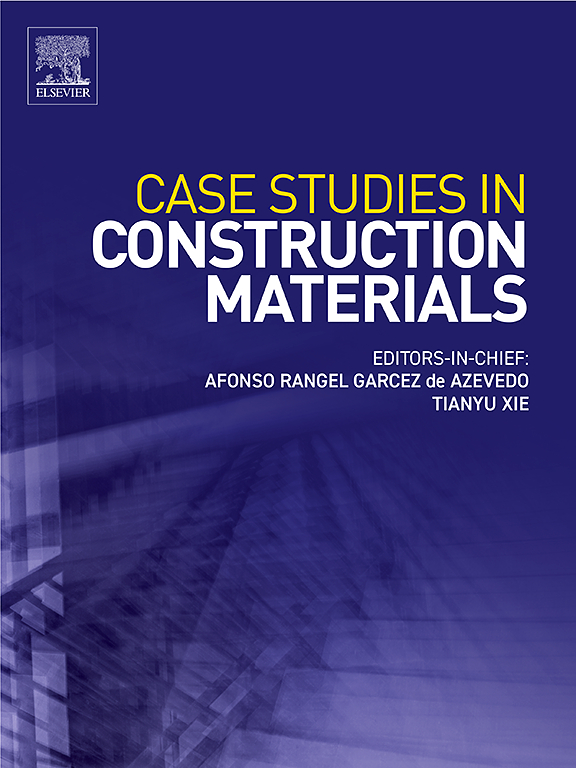基于知识的机器学习在不锈钢疲劳性能预测中的应用及可行性分析
IF 6.5
2区 工程技术
Q1 CONSTRUCTION & BUILDING TECHNOLOGY
引用次数: 0
摘要
为了更好地预测不同系列不锈钢的疲劳相关S-N曲线,初步收集了5种常用不锈钢材料的570组数据,包括疲劳试验结果和其他性能参数。使用该数据集部署和分析了8个机器学习模型,并使用评估指标评估了它们的预测性能。基于最优模型,构建相应的S-N曲线。将SHapley加性解释(SHAP)方法应用于优化模型,综合描述和分析各因素对不锈钢所能承受循环次数的影响机理。最后,将最优模型预测结果与多个设计标准进行比较,验证了该模型预测不锈钢材料S-N曲线的可行性和有效性。结果表明,遗传算法优化后的人工神经网络(GA-ANN)模型预测精度较高,相关系数R2为0.98,预测数据误差范围在2倍以内。通过特征工程构造的特征参数对循环次数的影响最为显著。机器学习模型预测的疲劳相关S-N曲线能够满足设计标准的要求,证明了利用该模型预测不锈钢材料疲劳性能的可行性。本文章由计算机程序翻译,如有差异,请以英文原文为准。
Application and feasibility analysis of knowledge-based machine learning in predicting fatigue performance of stainless steel
To better predict the fatigue-related S-N curves of different series of stainless steels, 570 sets of data including fatigue test results and other performance parameters for five common types of stainless steel materials were initially collected. Eight machine learning models were deployed and analyzed using the dataset, and their predictive performances were evaluated using assessment metrics. Based on the best-performing model, corresponding S-N curves were constructed. The SHapley Additive exPlanations (SHAP) method was then applied to the optimal model to comprehensively describe and analyze the influence mechanisms of various factors on the number of cycles than stainless steel could withstand. Finally, the results predicted by the optimal model were compared with multiple design standards to verify the feasibility and effectiveness of the model in predicting the S-N curves of stainless steel materials. The results show that a genetic algorithm–optimized artificial neural network (GA-ANN) model possesses higher prediction accuracy than other models, with a correlation coefficient of 0.98 and prediction data within a twofold error margin. The feature parameter constructed through feature engineering has the most significant impact on the number of cycles. The fatigue-related S-N curves predicted by the machine learning model can satisfy the requirements of design standards, demonstrating the feasibility of using this model to predict the fatigue property of stainless steel materials.
求助全文
通过发布文献求助,成功后即可免费获取论文全文。
去求助
来源期刊

Case Studies in Construction Materials
Multiple-
CiteScore
7.60
自引率
19.40%
发文量
842
审稿时长
63 days
期刊介绍:
Case Studies in Construction Materials provides a forum for the rapid publication of short, structured Case Studies on construction materials. In addition, the journal also publishes related Short Communications, Full length research article and Comprehensive review papers (by invitation).
The journal will provide an essential compendium of case studies for practicing engineers, designers, researchers and other practitioners who are interested in all aspects construction materials. The journal will publish new and novel case studies, but will also provide a forum for the publication of high quality descriptions of classic construction material problems and solutions.
 求助内容:
求助内容: 应助结果提醒方式:
应助结果提醒方式:


